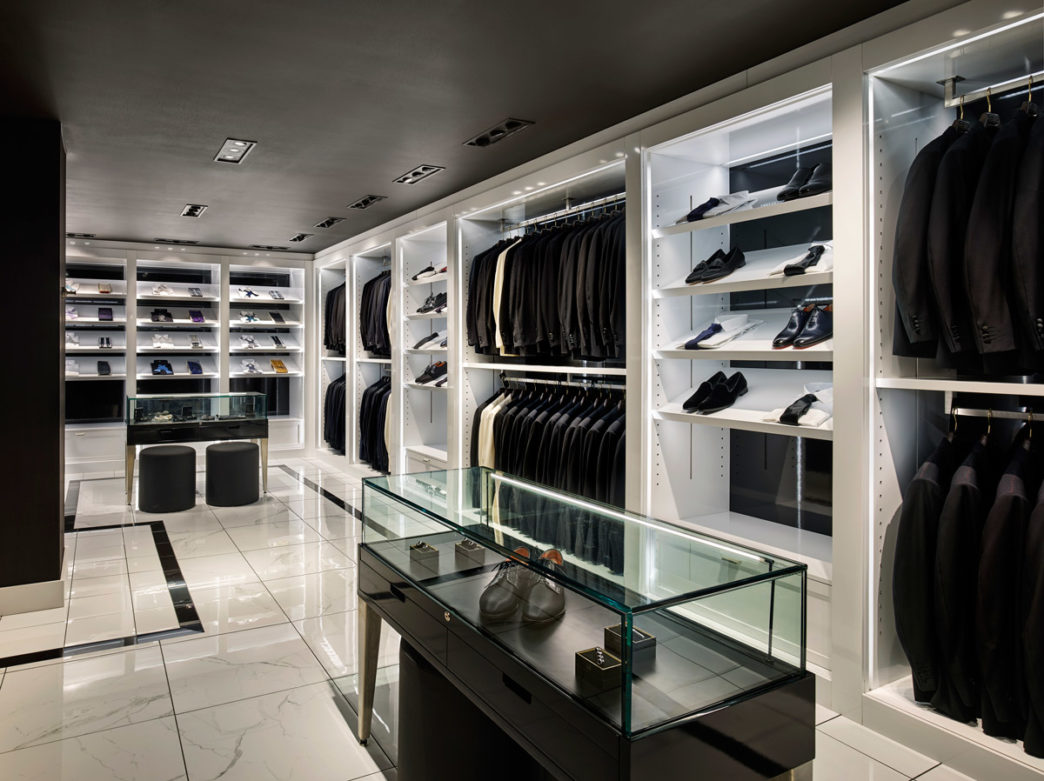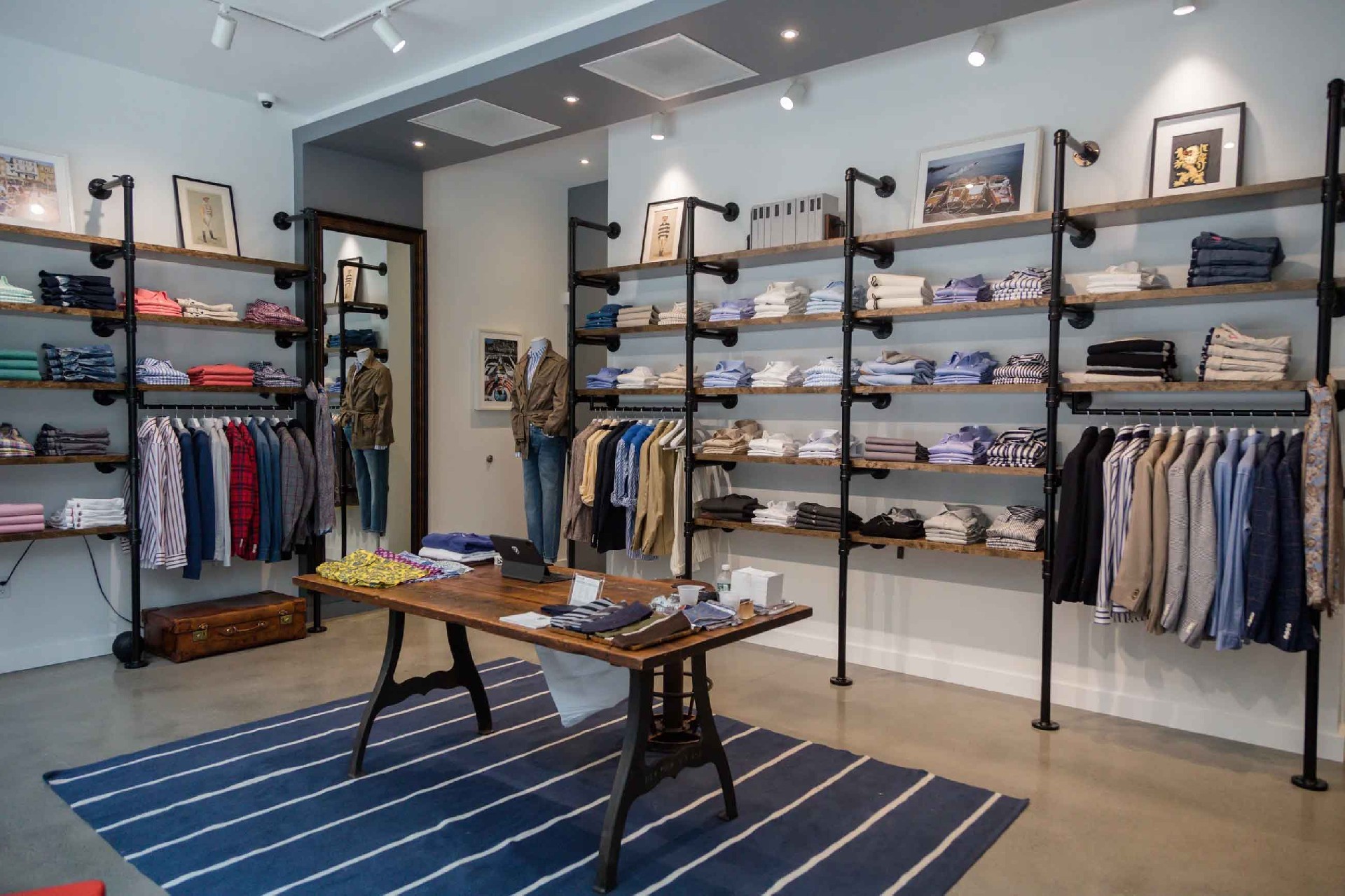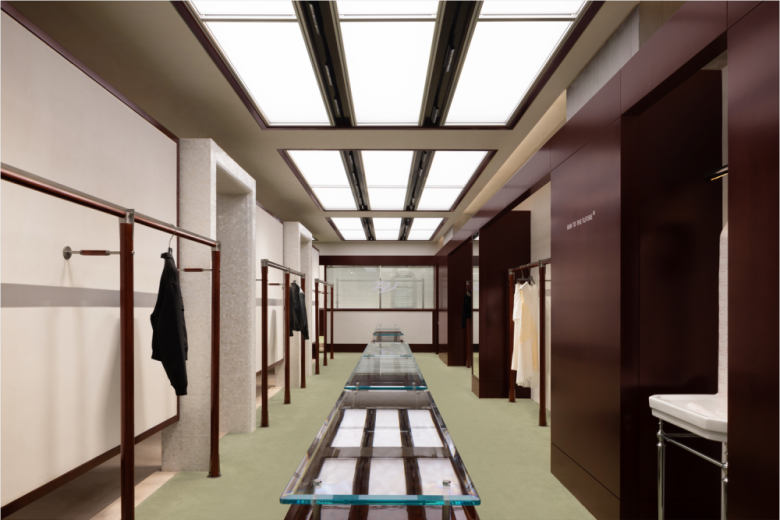With the rapid advancement of technology, digital and intelligent technologies are increasingly becoming key drivers in modern retail space design and display furniture manufacturing. Traditional display furniture can no longer meet today's consumer demand for personalization, interactivity, and efficient service. The introduction of intelligent solutions is not only refreshing the shopping experience but also improving overall retail efficiency.
Smart display systems exemplify the deep integration of digital technology and furniture manufacturing. These systems utilize embedded screens, sensors, and data analytics to dynamically present product information. Customers can access product details, material specifications, usage scenarios, and more through touchscreens without having to fiddle with tedious documentation. Interactive features such as virtual try-ons and customized solution simulations allow customers to immerse themselves in the value of the product, enhancing the accuracy and satisfaction of their purchasing decisions.
Interactive screens are injecting vitality into retail spaces. They serve not only as a showcase for product display but also as a vital platform for brand communication and consumer engagement. Through real-time content updates, brands can flexibly deliver new product information, promotions, and brand stories, strengthening emotional connections with customers. Furthermore, these screens can collect customer behavior data, helping retailers analyze consumer preferences, optimize product placement and marketing strategies, and achieve refined operations.
Smart lighting and environmental control systems, another key component of digital retail displays, automatically adjust light intensity and color temperature to complement display furniture, creating an ideal shopping atmosphere. For example, they can automatically enhance lighting in key areas during specific promotional periods to attract customer attention, or dynamically adjust lighting based on in-store customer flow to improve energy efficiency and reduce operating costs.
In addition, digital technology has significantly promoted the development of modular and multifunctional display furniture. Smart furniture can flexibly adjust its structure and functionality to suit different scenarios and needs, such as automatically lifting display tables and built-in smart storage spaces. This adapts to the rapidly changing needs of retail environments, enhancing space utilization and customer experience.
From an operational perspective, smart management systems enable real-time inventory monitoring, display evaluation, and remote fault diagnosis. Data-driven intelligent maintenance reduces equipment downtime, ensures display furniture is always in optimal condition, and improves overall service quality.
In the future, as technologies such as artificial intelligence and the Internet of Things continue to mature, smart display furniture will become even more intelligent and personalized, becoming an indispensable core asset in retail spaces. It will not only provide brands with richer expression methods but also create a more convenient and enjoyable shopping experience for consumers.
The integration of digitalization and intelligent technologies is profoundly transforming the design and functionality of retail display furniture. Through the multi-dimensional application of technologies such as intelligent display systems, interactive screens, smart lighting, and environmental control, retailers can not only enhance their brand image and customer experience, but also achieve a qualitative leap in operational efficiency. In this wave of digitalization, embracing intelligence is undoubtedly the key to continuous innovation and breakthroughs in the retail industry.






